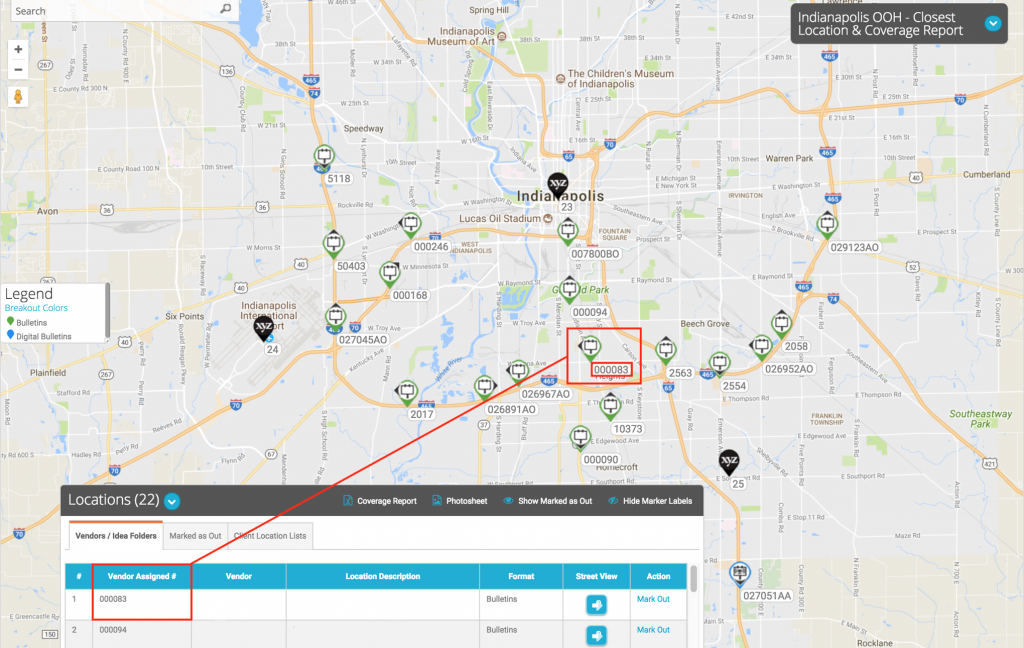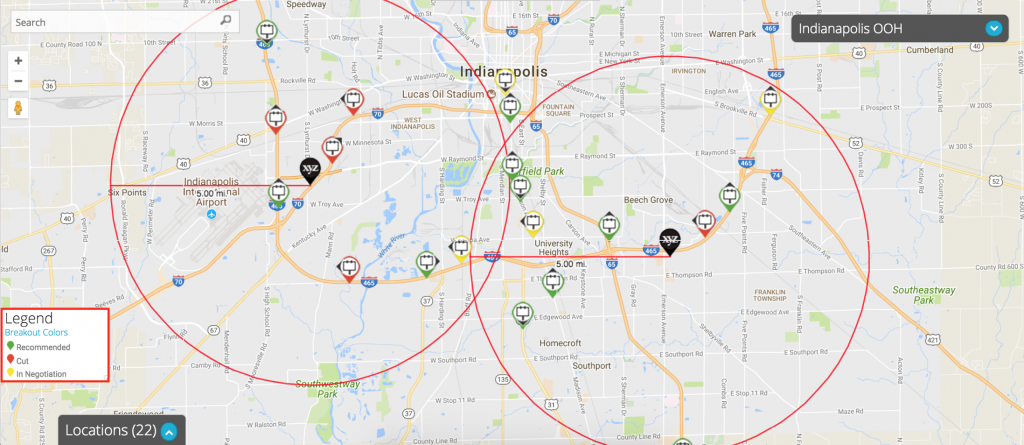1796 | Munich, Germany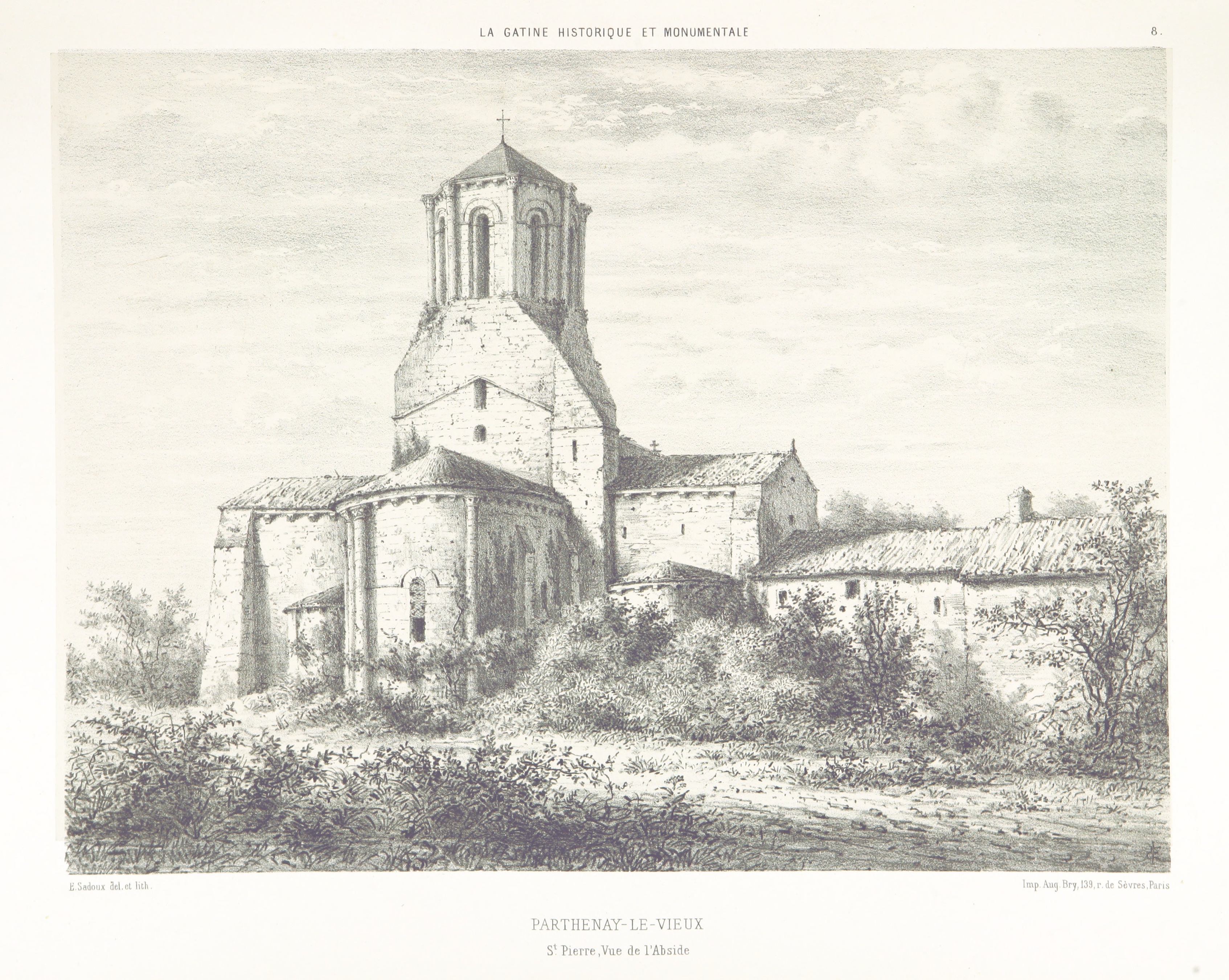
A man named Alois Senefelder invents a revolutionary printing process that utilizes the immiscibility (inability to mix) of oil and water to create an image. This process is dubbed lithography, and it dramatically changes the way images are produced and reproduced. The invention of this process eventually leads to the printing of the first illustrated poster and unknowingly serves as the initial genesis of the OOH industry.
1835 | New York City, United States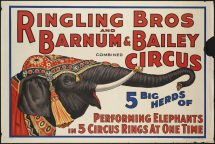
Jared W. Bell, a young printmaker hailing from Brooklyn, NY, produces a series of 5o ft2 ads to be used as promotional tools for the Ringling Bros. “The Great Wallace” circus shows. These prints bridge the gap between print and promotion, and mark the first documented use of conventional “billboard advertising.”
2005 → Present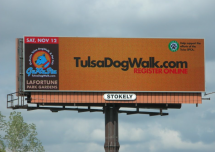
Fast forward 170 years to the installation of the first digital billboard in 2005. It is at this moment that the OOH industry encounters one of its most profound innovations to date. The advent of digital billboards allows billboard companies to display numerous ads at a single location, and effectively changes the way consumers interact with OOH advertisements.
The first digital billboards to be introduced were far from the digital LED billboards of today. These first digital pioneers were often only partially digital, in an effort to save on cost, and sported low-resolution displays, offering only 34-millimeter pixel pitch. Present day digital billboards are technological works of art. They are capable of displaying images at high resolutions and can do so while being incredibly energy efficient.
Additionally, a wide variety of digital innovations have been made since these displays became commonplace in the OOH industry. For example:
QR Codes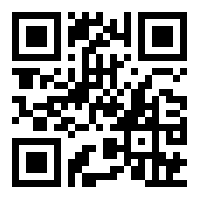
QR codes, or quick response codes, are visual representations of encoded data that, when scanned, can display desired information or send users directly to specified online locations. Although QR codes were invented in 1994 for use in the Japanese automobile industry, their popularization didn’t really occur until the rise of smartphones. Now that virtually everyone has a QR code scanner sitting in their pocket all advertisers have to do is place a QR code within their artwork and wait for results to follow.
Interactive Media Walls
When first introduced, digital displays tended to be passive, delivering one message or ad to anyone that encountered it. However, the introduction of interactive media walls has allowed advertisers to offer more individual experiences to consumers. Through the use of monitor and projection based displays, advertisers can create memorable advertisements that allow users to select and interact with the specific offerings that interest them.
Since it’s very origins the out-of-home industry has constantly been evolving. Now DOmedia, the host to the largest database of OOH vendors in the US, is trying to push the industry forward by changing the way out-of-home media is bought and sold. Check out this link or scan the QR code above to check DOmedia out!

